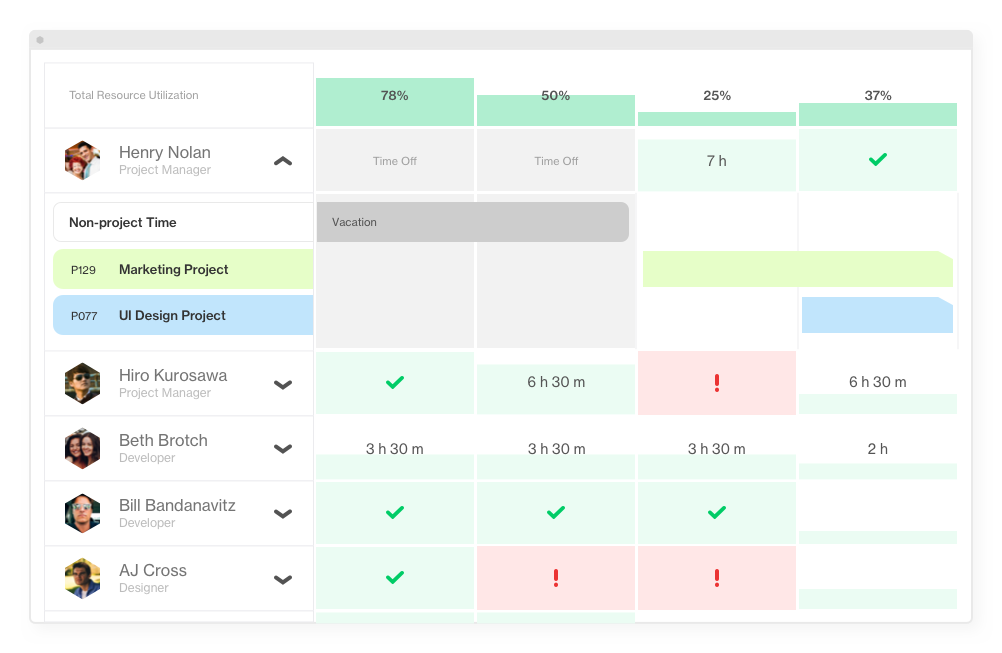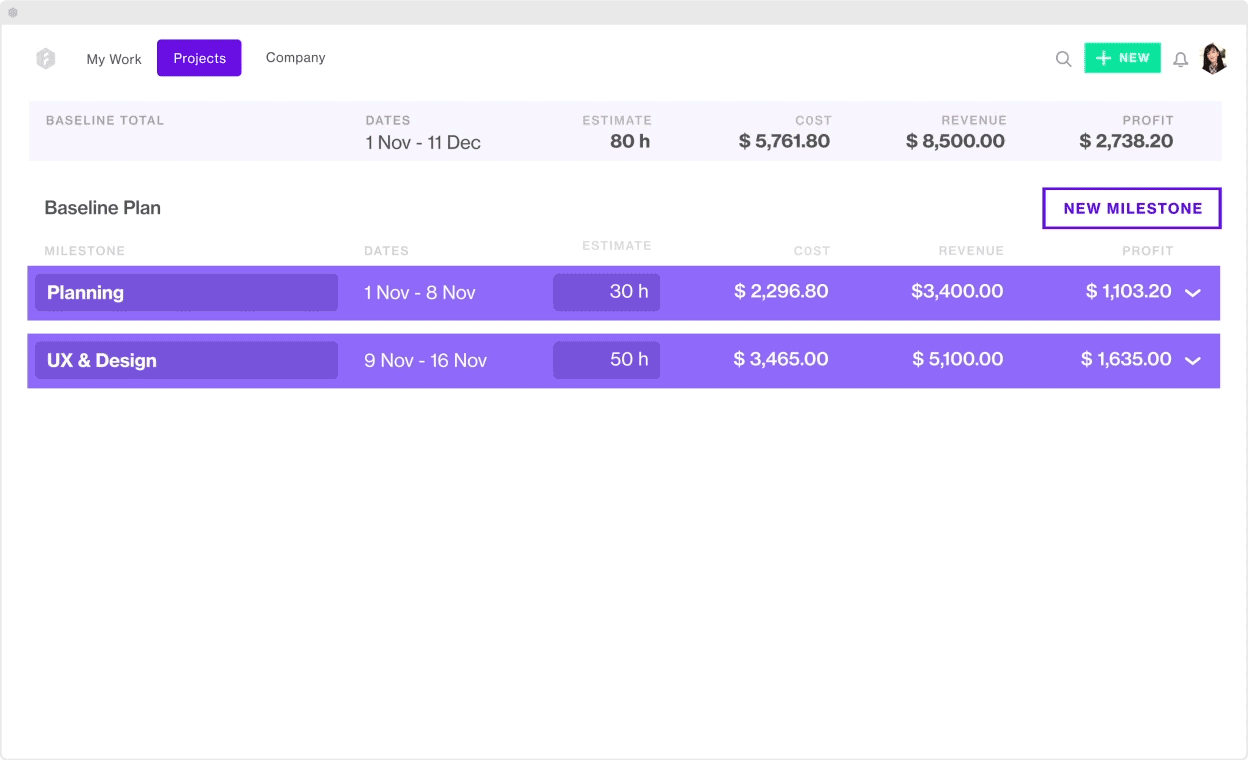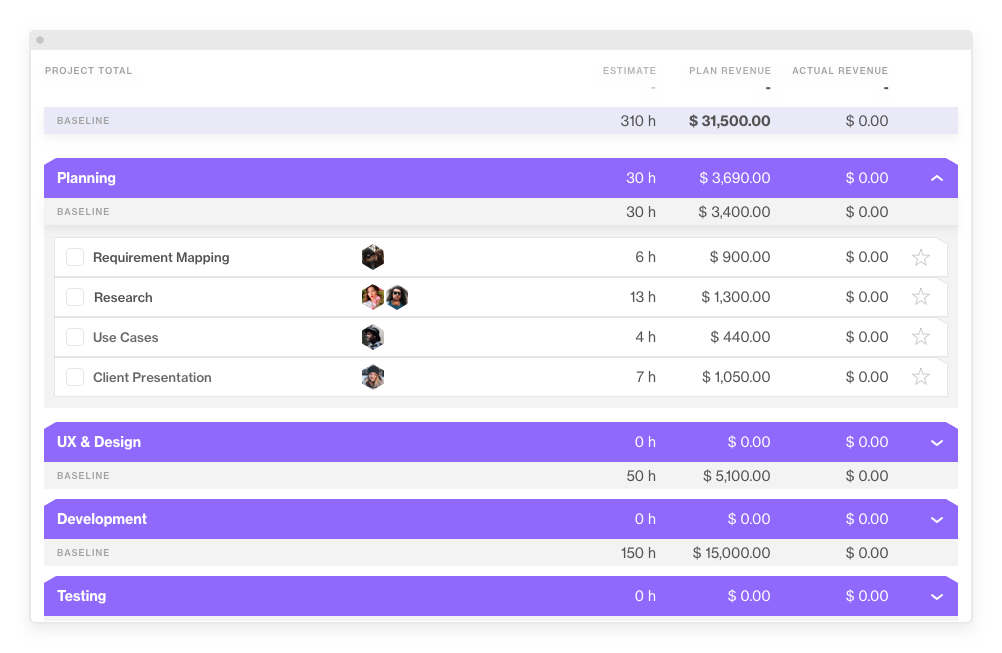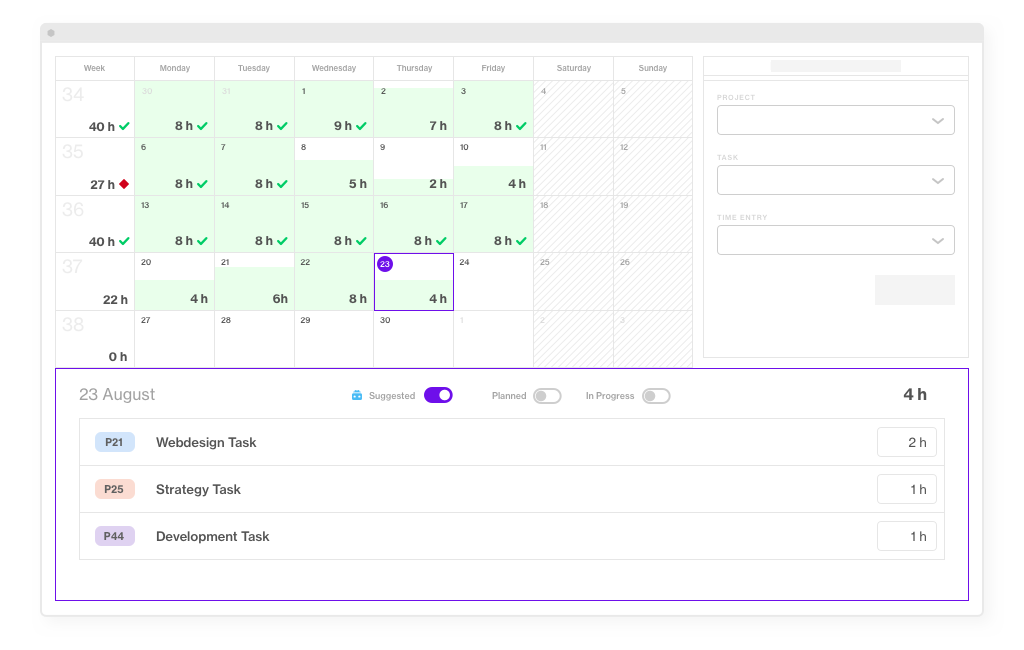How to Align Expectations Within Your Teams & Clients

Aligning expectations with teams, clients, and stakeholders is essential to completing successful projects. Finding and setting a common ground from day one improves communication, facilitates change management, and alleviates risk. However, what we want to accomplish and whether it’s achievable is not always crystal clear to everyone.
More often than not, there’s an awkward gap in expectations between leadership, clients, and teams. Such is the case in the midst of the pandemic, when 88% of remote workers face inconsistent leadership and miscommunications with other team members. Since the projects aren’t held squarely by dedicated teams, what’s coming from the client is not always communicated properly to the entire team and vice versa. To bridge the gap, it’s important to re-think how you’re communicating your plan, especially if the functions and departments cross.
In this guide, we will provide you with seven actionable steps to facilitate and align expectations for better collaboration.
- What does it mean to align expectations?
- Common alignment challenges
- How to align expectations from the get-go
What does it mean to ‘align expectations’?
First of all, aligning expectations means sharing the same goals and looking in the same direction. On closer inspection, it’s crystalizing the steps and contributions everyone is going to make to achieve the goals set. Expectations are considered aligned if everything is in sync and transparent.
Because aligning expectations intends to build out the understanding of the deliverables and emphasize everyone’s contribution, the main benefits that follow are:
- Improved productivity
- Enhanced performance
- Effective communication
- Greater speed
This list goes on to higher employee satisfaction and lower turnover, as the team member’s engagement grows together with the clarity you provide. Knowing where the ropes of the project are, it’s easier to climb.
Common alignment challenges
But truth be told, aligning expectations is easier said than done. The more people work together on a project, the more channels of communication and degrees of complexity you’ll have to navigate. Add your clients to the equation, and it becomes even more convoluted. To maintain alignment between teams and other stakeholders, you have to be consistent in your communication and, more importantly, centralize all information.
Now, the question is, how do you achieve that consistency between every objective and plan if every team uses their own tools to manage work? Project managers most likely have task management systems, the account management teams use Salesforce, and your financial department probably uses Quickbooks or Xero. Not to mention a development team, documenting all the work they need to do in Jira.
On the other side, clients expect you to communicate plans, progress, and results. In the end, it gets to a point where everyone goes down a different road that causes misalignment. When the teams are out of sync and have a fractured understanding of what needs to be done, sooner or later it may chip away profit from your organization in the disguise of overservicing or underservicing clients. So here’s what we’re suggesting to avoid this scenario.
How to align expectations from the get-go
Generally, there are a few simple steps you can take to align expectations within teams and clients. However, it’s important that you lay the groundwork for it even before the project starts.
Step 1: Get to know your team’s availability
It may sound trivial, but this step cannot be overlooked when taking new projects. Experience shows that before making any project plan, it’s important to check how many hours available you have and who you can allocate to the new project. Knowing how much time you have at your disposal will not only help you build a realistic schedule but also put it into perspective for your client and help you regulate any changes to the project plan in the future.

Step 2: Define client needs and collect project requirements
When you know how many hours (say, in a month) your team can spend on a project, you can start by defining the Statement of Work (SOW). The SOW can also be seen as the formal agreement on the initiation of the project, or even the sales proposal for your client.
Together with your client, brainstorm the idea, define the requirements, and carefully create the SOW. It's equally important to make sure your team understands the vision as well before moving through the implementation funnel.
Step 3: Set a project baseline
A project baseline will help you get everyone in the loop and seal the deal when it comes to the forecasted cost, profit, and time you’re going to spend on a project. The best practice to start setting the baseline is to split your project into milestones first. Then, you can decide how many hours of services are needed from each role to complete the milestone set. Lastly, having your info organized across milestones, you can tally up the numbers. This way you get an estimated cost and duration of the project.

It may sound like a lot of manual work and calculations, but there are platforms like Forecast that can do the math for you. Forecast is a complete solution. From setting up your SOW and baseline to moving your tasks from to-do to done, and finally, to monitoring the budget, Forecast covers it all. When you have agreed on the statement of work and set a baseline, you can start scoping the project in Forecast.
Note: If you have a fixed price budget, then setting a baseline in Forecast is a no-brainer because you can plan backward from it and see exactly what’s consuming it.
The Baseline will appear on the Scoping page, where your detailed plan is to make sure no one goes overboard with tasks.

Each task in Forecast will need a role assigned to it. If you decide to scope your project with only roles assigned to the tasks, you will benefit from the people page in Schedule afterwards. There you can get an overview of your people’s availability and their utilization. Based on their allocation and time you can drag & drop the unassigned tasks to a person with the right skills.
How does this help with aligning expectations? First of all, the baseline is an effective visualization of your project proposal - it provides a detailed overview of the commitment you’re making to the client, so it’s difficult to misinterpret it, but easy to align.
Step 4: Create a project plan
You’ve got your baseline set, so now it’s time to get to the nitty-gritty of planning. Split your milestones into tasks and assign available people to them. Make sure that the total estimate of tasks doesn’t exceed the number of hours you’ve set for each milestone in the beginning. If need be, you can turn your scoped out project into a timeline very fast. A dynamic Gantt chart will help you monitor project progress and communicate it to the client.
Read on: Why Project Planning is a Must-Have for Professional Services Companies
Step 5. Verify the scope & get your client approval
Once you have completed the scoping process, you can demo the project to your client again. This provides both you and your clients with a visual understanding and overview of how the project will kick off, how it is progressing, and what will happen if any changes are made. In fewer words, it keeps you, your team, and your client aligned.
Step 6. Use time tracking for aligning your organization
Now you are ready to start working. Assuming that every team member knows what to work on and is assigned to their individual tasks, they can register time and use the familiar Workflow view. The Workflow is a kanban board that provides you with a visual overview of what needs to be done, what’s in progress, and what’s finished. It keeps everyone in the loop and sheds light on how the tasks are progressing. The Timesheets will provide you with a better understanding of where the time goes.

Step 7. Invite your clients to collaborate
Now that everything is set and the team has started working, you have to make sure everyone stays aligned. But how will you tackle scope creep and changes to the project? A way of controlling this potential danger is to invite your client to Forecast. Give them real-time insight into the project and let them see how adjustments or new ideas will affect the initially defined scope and budget. Whenever you receive feedback on the deliverables, make sure to distinguish the input from what is a simple adjustment to your work from an entirely new task.
You can even add the client as a Follower or Owner to a task and give them an understanding of how even the smallest bits and pieces can affect the project’s scope, budget, and deadline. If you prefer not to invite your client into Forecast, you can easily share the project scope and budget, or create customizable reports. Just generate a link and share it with them.
Either way, you will experience the benefit of providing your clients with this transparency and reduce the number of emails, calls, and check-ins you will need to have otherwise with them. The connectivity in Forecast helps you deliver as promised by simply ensuring everyone is on the same page while providing you with the insights you need to have. This means that you are able to see even the smallest change in real-time. It goes without saying that by taking the above steps and centralizing all the information in one place, you’ll stay aligned with your teams and clients.
You might like to read these articles on our blog..
Subscribe to the Forecast Newsletter
Get a monthly roundup of productivity tips & hacks delivered straight to your inbox
